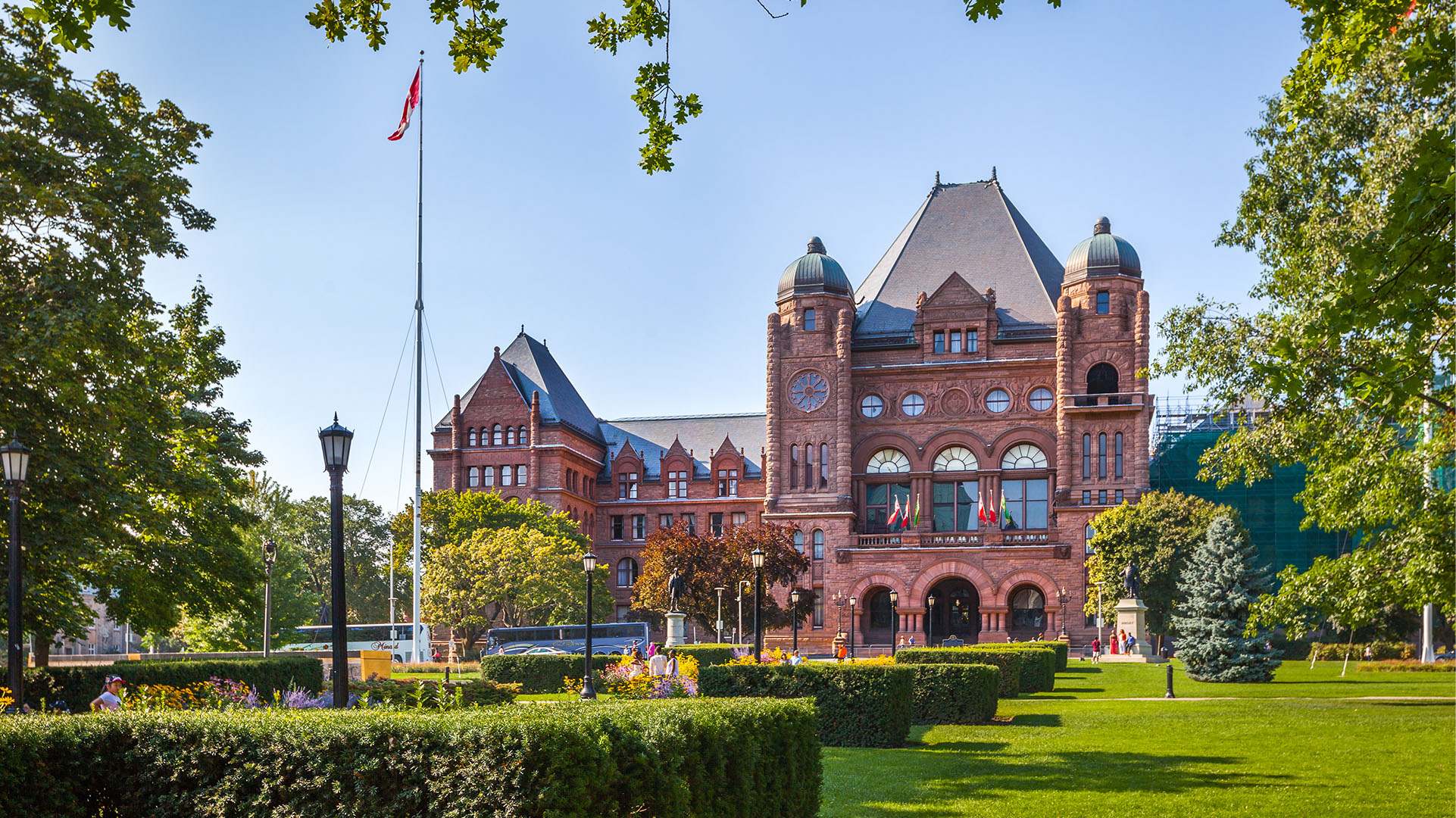What’s the context?: Using data to better understand your fleet safety
Context can change a lot of what we think we know – learn why looking at your fleet safety through a contextual lens is important for your safety program.


Why does context matter? Imagine getting a text from a friend that reads “I can’t believe it!” – you have a multitude of ways to interpret this. Is it in reference to a previous conversation? A major news event? Is it conveying surprise, happiness, anger? It’s hard to get all of the information you need just from this simple communication.
In much the same way, context plays an important role in fleet safety. It provides the necessary background, circumstances and conditions that help us interpret, understand and effectively respond to information. It can add layers of meaning, interpretation, insight and behavioral understanding to important actions or events. Given all of this, context can help deepen your understanding of fleet safety and inform best practices moving forward. In this blog we'll look into the significance of context in fleet safety and how it influences safety management.
Why is context important when talking about fleet safety?
While you may already have a great fleet safety program in place, have you considered whether you're accounting for the context of your fleet's daily tasks and routes? To consider the influence of context on fleet safety, it's important to ask yourself three questions:
- Is this vehicle safe? Fleet managers should prioritize regular maintenance on their fleet vehicles in order to make sure they are in good working condition to be on the road.
- Is this behavior safe? Monitoring driver behavior promotes cautious driving, maintaining the safety of both drivers and others on the road.
- Is this environment safe? High-stress situations like stop-and-go traffic or poor road and weather conditions can have a major effect on fleet safety.
How can you add context to your fleet safety?

The easiest way to add a contextual layer to your fleet safety is through information-rich data that you get from telematics and other important systems. We’re going to walk you through the different stages of adding contextual data to your fleet safety program to show you how these different elements can work together to inform your fleet management.
Level 1: Bare bones
Let's say one of your drivers is in a collision on a slippery road, claiming it was unavoidable due to another vehicle swerving into their lane. Without technology for tracking and monitoring safety, fleet managers only hear about such incidents secondhand from the driver.
Without physical or data-driven evidence, fleet managers face challenges in proving whether their drivers could have prevented or caused the event. For both the fleet and insurance company, the lack of reliable collision data to exonerate the driver results in a weaker defense against liability claims.
Without technology riding shotgun in the cab, it’s also hard for a fleet to develop proper driver training. Safety training remains limited to the basics and doesn't adapt to a driver's specific needs. This lack of technology puts these fleets at a disadvantage compared to similar fleets that do use technology to monitor and manage their fleet safety.
Any context that these fleet managers have comes directly from their staff of drivers, who could be encouraged to bend the truth if it means keeping their job. In this case, context is nonexistent.
Level 2: Bringing telematics on board
When you adopt a telematics solution, context becomes more abundant. Telematics offers up-to-date information about what is happening in a vehicle both on the road and off. In the case of the driver above, you would be able to check the speed your driver was going before the other driver entered their lane or right when the vehicle hit the icy patch. Telematics can back up your driver’s claim that they slammed on the brakes at the exact right moment, giving you undeniable evidence.
Telematics also help inform fleet managers on where driver skills are lacking and what to focus on in future training sessions. In this specific case, it might be useful to have safety training that coaches drivers on how to adjust their driving during specific weather conditions – and with telematics, they have the data needed to back up the spending. It can also provide fleet managers with a Driver Safety Scorecard – this is a solution that ranks drivers based on their on-road safety so managers know who exactly on their team needs additional training and support.
Including telematics as a part of your safety program can also contribute to the prevention of incidents. Fleet managers can use telematics to assess the safety of a vehicle using preventative maintenance tools. They analyze data points to report on major vehicle components like battery life, tire pressure and more. Having this information means being able to catch potential failures before they happen, keeping your drivers and others on the road safe.
Telematics provide real-time updates and alerts, so the fleet manager would have been immediately informed as soon as the collision happened. This way, fleet managers have critical information about the circumstance without needing to rely on a driver's testimony hours after it took place.
The adoption of a telematics solution alone can greatly benefit fleet managers. Now, let's explore additional scenarios that provide even more context for fleet safety.
Level 3: Adding cameras to the mix
Dash cams not only add more context to the happenings in your fleet while drivers and vehicles are on the road, they also offer managers proof that they can use in case any challenges arise. Video proof can be used to validate driver testimony, be given to authorities after a collision or be used in court during a legal process.
In our scenario, you’d be able to gather video or static images from the exact moment the other vehicle swerved into your driver’s lane. This would be paramount evidence in an investigation and could help prove your driver’s innocence without needing to go to court.
Telematics can pinpoint the exact moment of a collision or on-road event and generate a collision reconstruction report, including the vehicle's location history, collision data, speed profile, and accelerometer and RPM graphs. It can also provide one source of data for truth. Telematics will be able to give you more precise data points around harsh braking or acceleration, but cameras provide undeniable evidence for seatbelt usage when using cab-facing dash cams.
Together, telematics gives you the ‘where’ and ‘when’ while cameras give you the ‘what’ and ‘how’.
Level 4: Additional data analysis
We’ve talked about how both telematics and cameras can make a difference when it comes to fleet safety, but there is an additional aspect that could be the ultimate determining factor in cutting down on collisions and incidents.
Using data analysis to monitor, measure and compare the data collected by a telematics solution can provide even more context. Using our example, you might start to notice that a lot of your drivers are involved in on-road incidents at this particular spot. You pull up similar incident reports to see how often these events are happening, check trip histories to see how often your drivers are using this road and cross-check their scorecard ratings to ensure they are in good standing. As it turns out, this road actually has a blind turn and is not well maintained during the colder months. Using this information, you can plan an alternate route for your drivers that doesn’t put them in danger.
Partnering with a telematics solution that has a large ecosystem of other fleets proves valuable when it comes to data analysis. It allows you to compare your safety ratings with those of other fleets and identify emerging training trends.
Having the data is only one piece of the puzzle, being able to analyze it and use it to make better decisions in the long run is the most important piece.
Learn more about contextual safety for your fleet
To learn more about how telematics and integrated data collection can help you create a more context-rich safety program, visit our website.
Subscribe to get industry tips and insights

Christine is the Content Manager for the Geotab Marketplace.
Table of Contents
Subscribe to get industry tips and insights
Related posts

What is government fleet management software and how is it used?
April 10, 2025
3 minute read

Fleet data and analytics: guide for informed fleet operations
March 24, 2025
4 minute read


How to avoid high downtime costs for construction fleets
March 10, 2025
2 minute read

